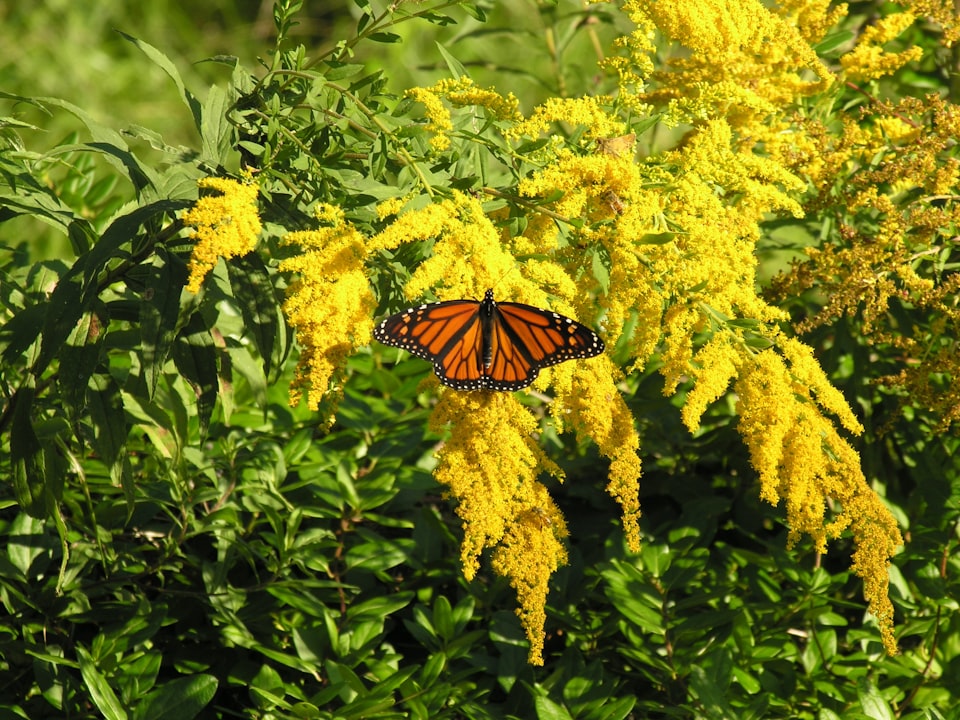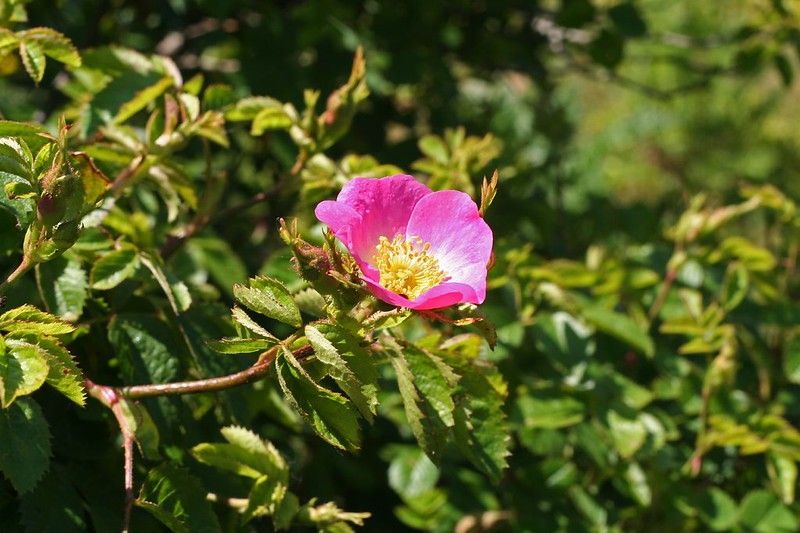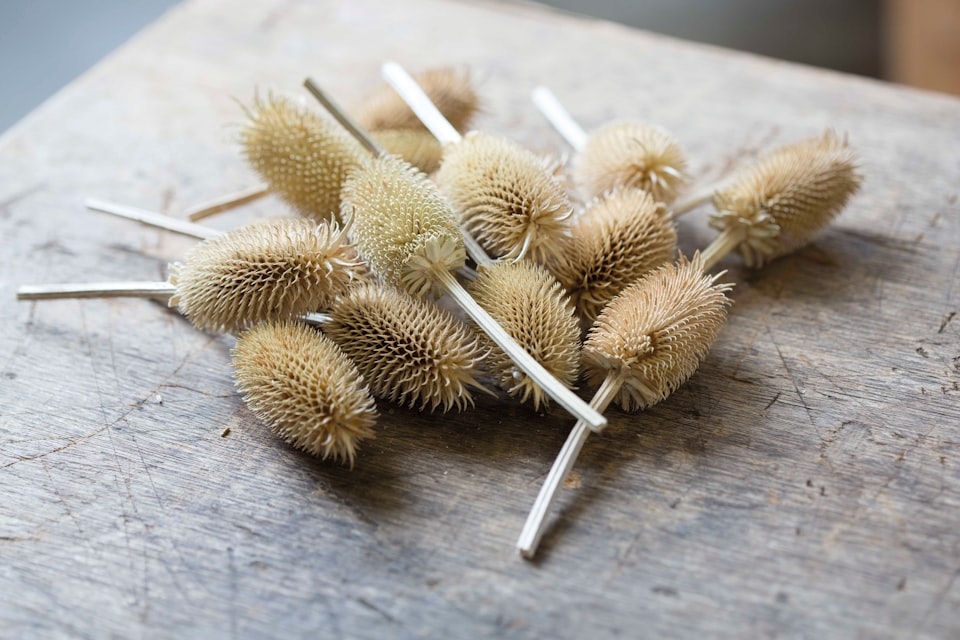VII: Windflower
The curious godhood of Sylvanus.

Good morning. Today is septidi, the 27th of Ventôse, Year CCXXXI. We celebrate la sylvie, a shy little buttercup that makes its home in ancient forests.
💡
These flowers get their two popular names from their habitat. They're often called wood anemones because they tend to grow in the shady forests floors of mature woods, popping up perennially in spring and going dormant again when the summer heat kicks in. They produce their flowers on very slender stalks, causing them to tremble in the breezes funneled by tree trunks, thus the name windflower, hanging out here in the windy month.
Usually, in the polytheistic mythologies of the ancient world, a god of something was a god of that thing. The god of lightning and thunder would use lightning and thunder. The god of war would do war. The god of crops would make crops. The god of death ... you get the idea.
It says something pretty powerful that Sylvanus, the Greco-Roman god of the forest and namesake of today's flower, was against the forest.



